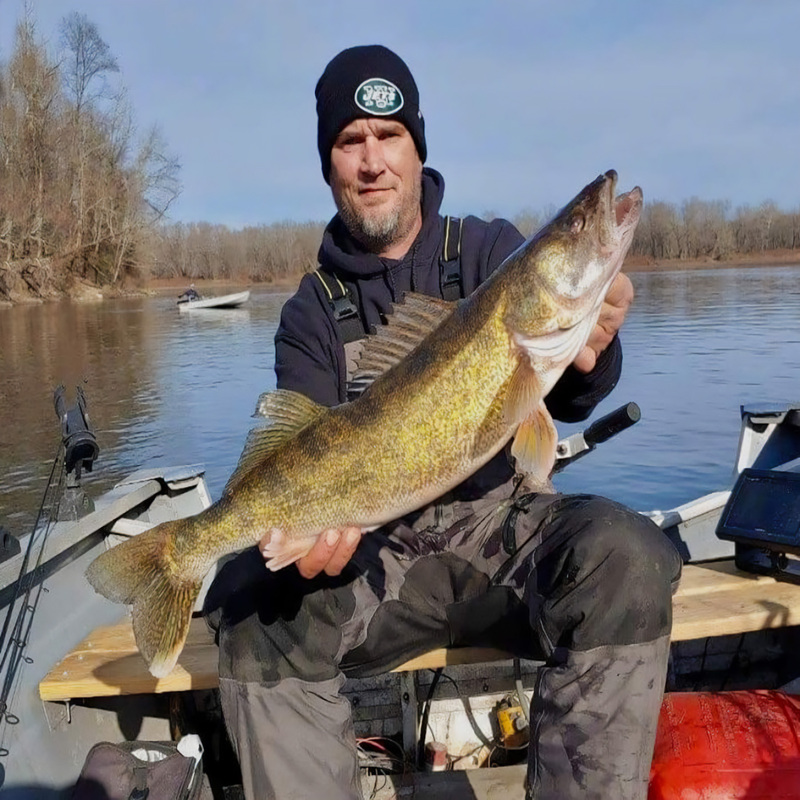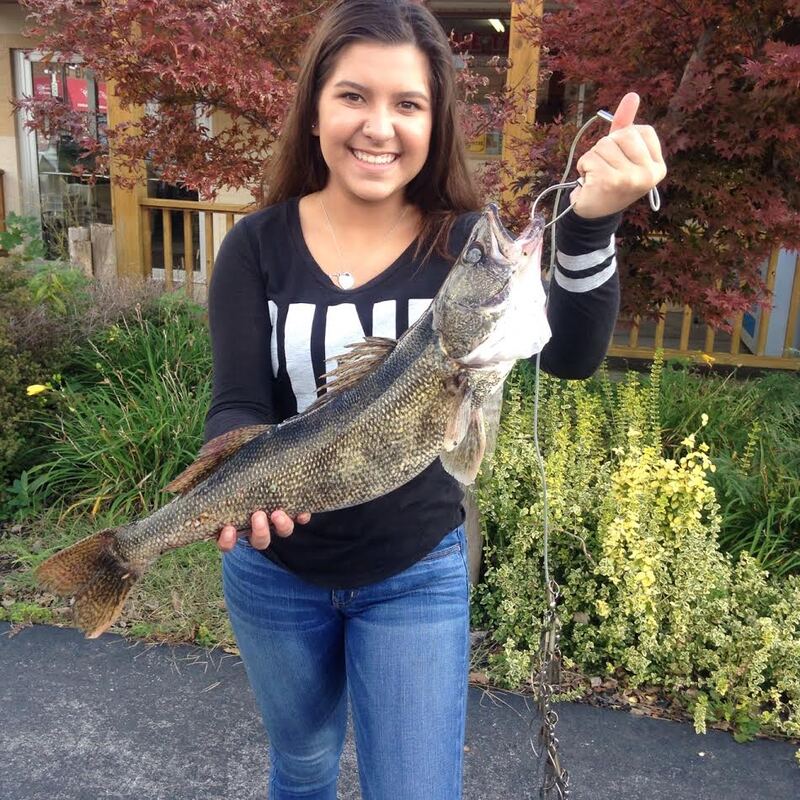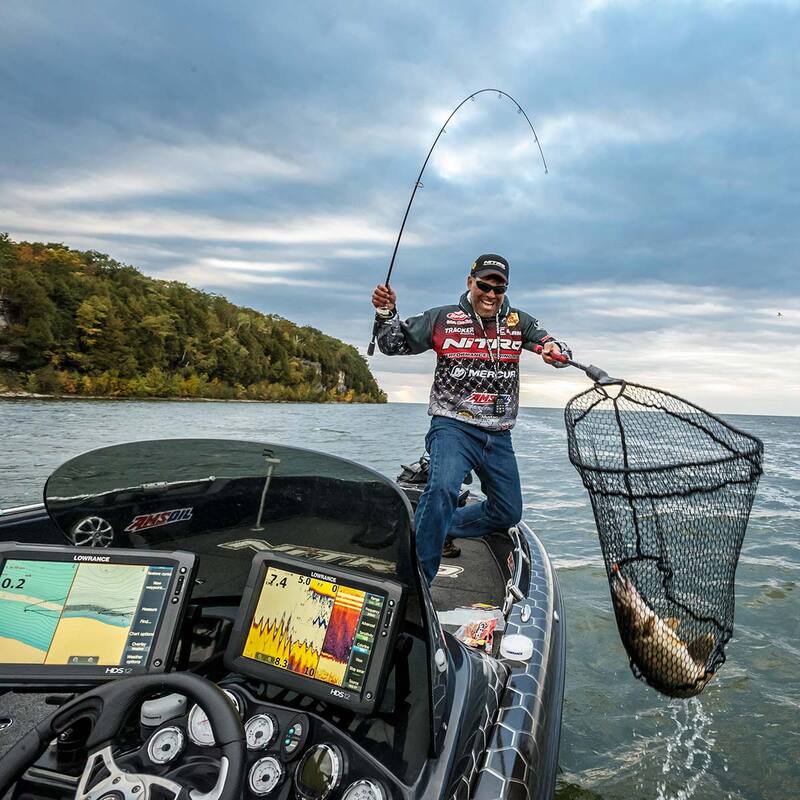Walleye fishing offers both excitement and challenge, attracting anglers of all levels. These elusive freshwater fish are known for their delectable flavor and versatile behavior. Therefore, understanding the techniques, equipment, and habitats that increase the odds of successful walleye fishing is essential. This comprehensive guide covers everything you need to know, from selecting the right gear to mastering effective techniques. By following these insights, you can improve your walleye fishing strategies and experiences.
Understanding Walleye Behavior
Understanding walleye behavior is the first crucial step in successfully targeting this species. Therefore, exploring their habits and preferences is essential.
Feeding Patterns
Walleye are primarily nocturnal feeders, which makes dawn and dusk the prime times for fishing. These fish rely on their excellent vision in low light conditions to hunt prey. During the day, walleye often stay in deeper waters or seek cover in shaded areas. They feed on a variety of prey, including minnows, leeches, and insects. Their feeding patterns change seasonally, influenced by water temperature and prey availability. Therefore, recognizing walleye feeding patterns enhances your ability to target them effectively.
Preferred Habitats
Walleye prefer certain habitats that provide cover and access to food. These environments include rock structures, submerged vegetation, and drop-offs near deep water. During the spring, walleye often migrate to shallow waters to spawn, making them more accessible to anglers. In summer and fall, they move to deeper waters, requiring different fishing techniques. Understanding their preferred habitats helps you locate walleye more consistently. Therefore, recognizing the importance of habitats ensures you fish in the right locations.

Selecting the Right Gear
Selecting the right gear for walleye fishing ensures you are prepared to catch these elusive fish. Therefore, exploring essential equipment is crucial.
Rods and Reels
Choosing the appropriate rod and reel combo is essential for successful walleye fishing. A medium to medium-light spinning rod with a length of 6 to 7 feet works well for most walleye fishing situations. Spinning reels provide the finesse and control needed to handle light lines and lures. Select a reel with a smooth drag system to handle the walleye’s fast runs. Additionally, ensure your rod and reel combo is balanced to reduce fatigue during extended fishing sessions. Therefore, recognizing the importance of the right rod and reel combo enhances your efficiency and comfort.
Line and Leader
Using the correct line and leader is vital for presenting baits and lures effectively to wary walleye. Monofilament or fluorocarbon lines with a test strength of 6 to 10 pounds are commonly used for walleye fishing. Fluorocarbon lines are less visible underwater, making them ideal for clear water conditions. A fluorocarbon leader of 2 to 3 feet can be added to braided mainlines to enhance presentation and abrasion resistance. Pay attention to line sensitivity and stretch, as these factors affect bite detection and hook sets. Therefore, understanding the role of line and leader ensures effective fishing.
Top Walleye Fishing Techniques
Mastering top walleye fishing techniques can significantly improve your chances of success. Therefore, exploring these methods is essential.
Jigging
Jigging is a versatile and effective technique for catching walleye, allowing for precise control over the presentation. Use a lead-headed jig paired with live bait, such as minnows or leeches, or soft plastic lures that mimic prey. Drop the jig to the desired depth and use a series of short, quick lifts to impart a lifelike action. Vary the speed and intensity of the jigging motion to match walleye activity levels. Jigging works well in both shallow and deep waters, making it suitable for various conditions. Therefore, recognizing the importance of jigging enhances your walleye fishing arsenal.
Trolling
Trolling involves moving the boat slowly to cover large areas and locate active walleye. Use lures such as crankbaits, spinners, or bottom bouncers to target different water columns. Adjust the trolling speed and lure depth based on walleye behavior and water temperature. Experiment with different colors and styles of lures to find what triggers strikes. Trolling is particularly effective for targeting walleye in deeper waters during summer and fall. Ensure your trolling setup allows for quick adjustments to lure depth and speed. Therefore, understanding how to troll effectively increases your chances of finding and catching walleye.
Live Bait vs. Artificial Lures
Choosing between live bait and artificial lures depends on the fishing conditions and walleye behavior. Therefore, evaluating the advantages of each option is crucial.
Benefits of Live Bait
Live bait offers a natural presentation that can entice even the most cautious walleye. Minnows, leeches, and nightcrawlers are popular choices for live bait. These baits are effective year-round, particularly during periods of low activity or clear water conditions. Rigging live bait on a jig head or a slip bobber setup allows for precise depth control and presentation. The movement and scent of live bait can attract walleye from a distance, increasing your chances of a strike. Therefore, recognizing the benefits of live bait can enhance your fishing success.
Advantages of Artificial Lures
Artificial lures provide versatility and convenience for targeting walleye. They come in various shapes, colors, and actions that can mimic different prey species. Lures such as crankbaits, spinners, and soft plastics allow you to cover different water columns and fishing environments. Artificial lures require less maintenance than live bait and can be easily replaced or changed based on fishing conditions. Their ability to target specific depths and swimming actions makes them effective tools for walleye fishing. Therefore, understanding the advantages of artificial lures ensures a versatile fishing approach.

Seasonal Strategies for Walleye Fishing
Adapting your walleye fishing strategies to different seasons can greatly improve your success. Therefore, exploring seasonal tactics is essential.
Spring Tactics
Spring is a prime time for walleye fishing as they move to shallow waters for spawning. Focus on areas with rocky structures, river inlets, and shallow flats where walleye congregate. Use lighter jigs and live bait to target these spawning fish. Cast near cover and retrieve slowly, imitating the natural movements of prey. Early mornings and late evenings are particularly productive times. Adjust your fishing techniques to match the changing water temperatures and walleye behavior. Therefore, recognizing effective spring tactics enhances your walleye fishing success during this season.
Summer and Fall Approaches
During the summer and fall, walleye migrate to deeper, cooler waters. Trolling becomes a more effective method for covering large areas and locating active fish. Use crankbaits, spinners, and bottom bouncers to target different depths and water columns. Look for walleye near structure, such as drop-offs and underwater humps. Slow down your presentation in warmer water temperatures and experiment with different lure colors and actions. Early morning and late evening hours continue to be productive. Therefore, understanding summer and fall approaches ensures continuous success in walleye fishing as seasons change.
Location and Habitat Selection
Selecting the right location and habitat for walleye fishing increases your chances of success. Therefore, exploring key environments is crucial.
Lake Structures
Lakes with diverse structures, such as points, drop-offs, and submerged vegetation, provide ideal habitats for walleye. These structures offer cover and abundant food sources. Early in the season, focus on shallow areas with gradual slopes and rocky bottoms. As temperatures rise, shift to deeper structures where walleye seek cooler water. Using electronic fish finders can help identify potential hotspots and underwater features. Therefore, recognizing the importance of lake structures enhances your ability to locate walleye.

River Systems
Rivers and reservoirs can also be productive walleye fishing locations. Focus on areas with current breaks, such as eddies, bridge pilings, and submerged debris, where walleye can ambush prey. Pool sections and tailwaters below dams are often rich in forage and attract walleye. Use jigs and live bait to target these specific areas and adjust your presentation to match the river’s current. Understanding the flow and depth variations within the river system is crucial for effective walleye fishing. Therefore, recognizing productive river systems ensures diverse and successful fishing opportunities.
Conclusion
Understanding walleye fishing involves exploring behavior, selecting the right gear, mastering techniques, and adapting to seasonal changes. Proper knowledge enhances your fishing success and enjoyment.
Exploring elements like feeding patterns, preferred habitats, and the importance of rods, reels, and lines provides valuable insights. Recognizing the significance of jigging, trolling, live bait, and artificial lures further enhances your understanding.
By engaging with seasonal strategies, location selection, and proper gear maintenance, you can maximize your walleye fishing experience. Therefore, whether you are a novice or experienced angler, understanding these aspects offers practical and valuable insights. Embrace the opportunity to improve your walleye fishing skills and enjoy the thrill of catching these elusive and rewarding fish, knowing you have the knowledge and resources to succeed!
